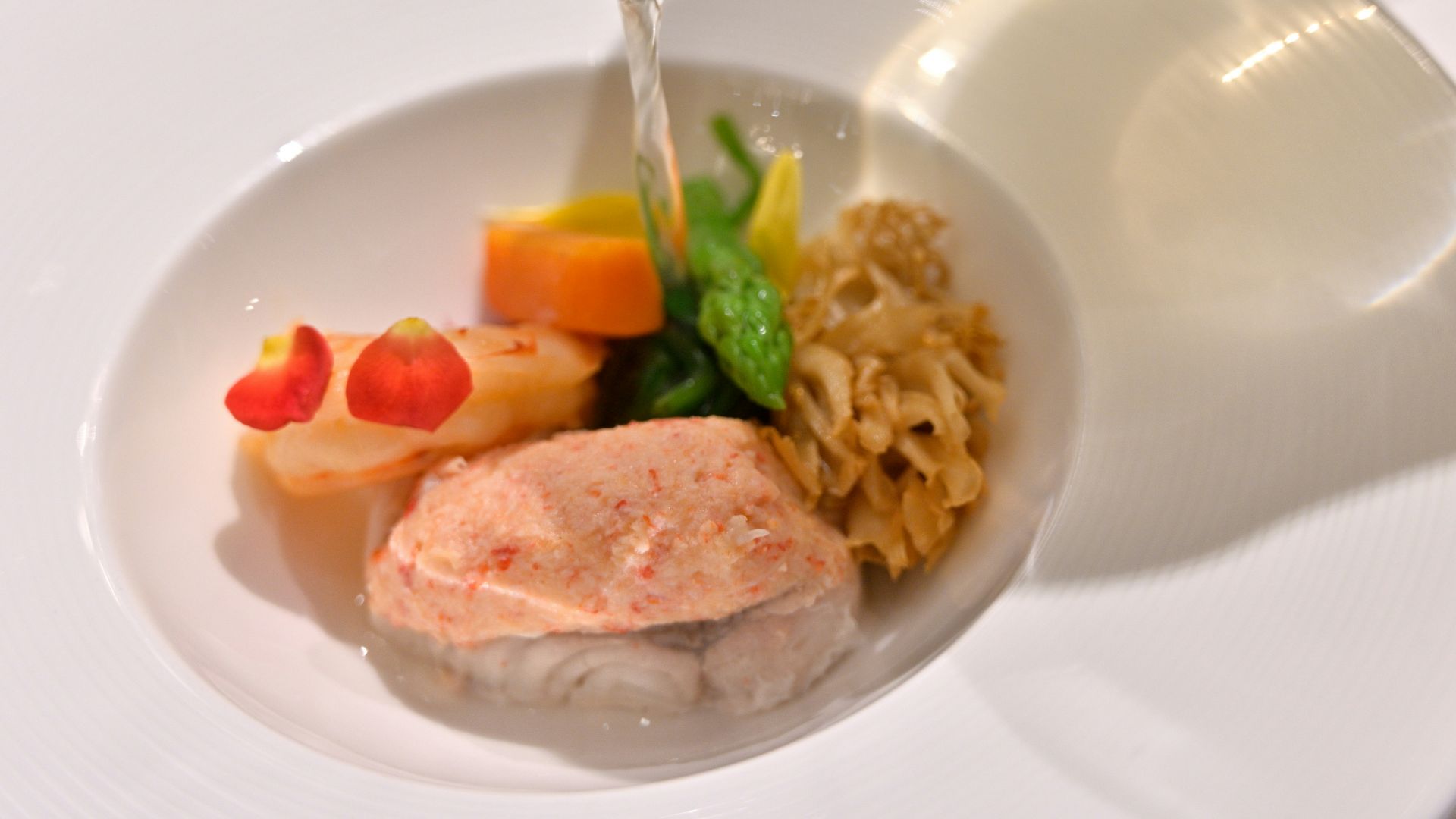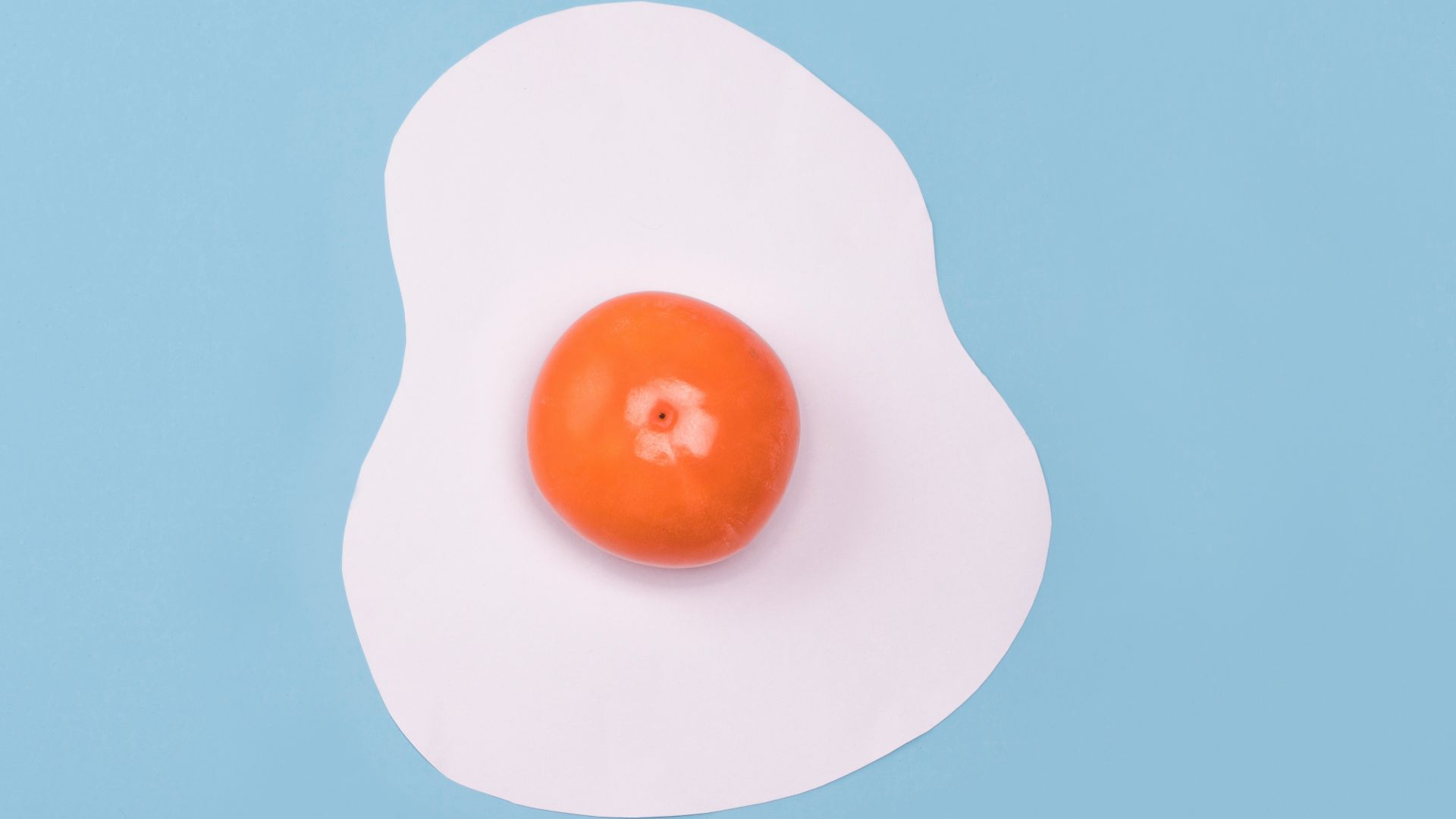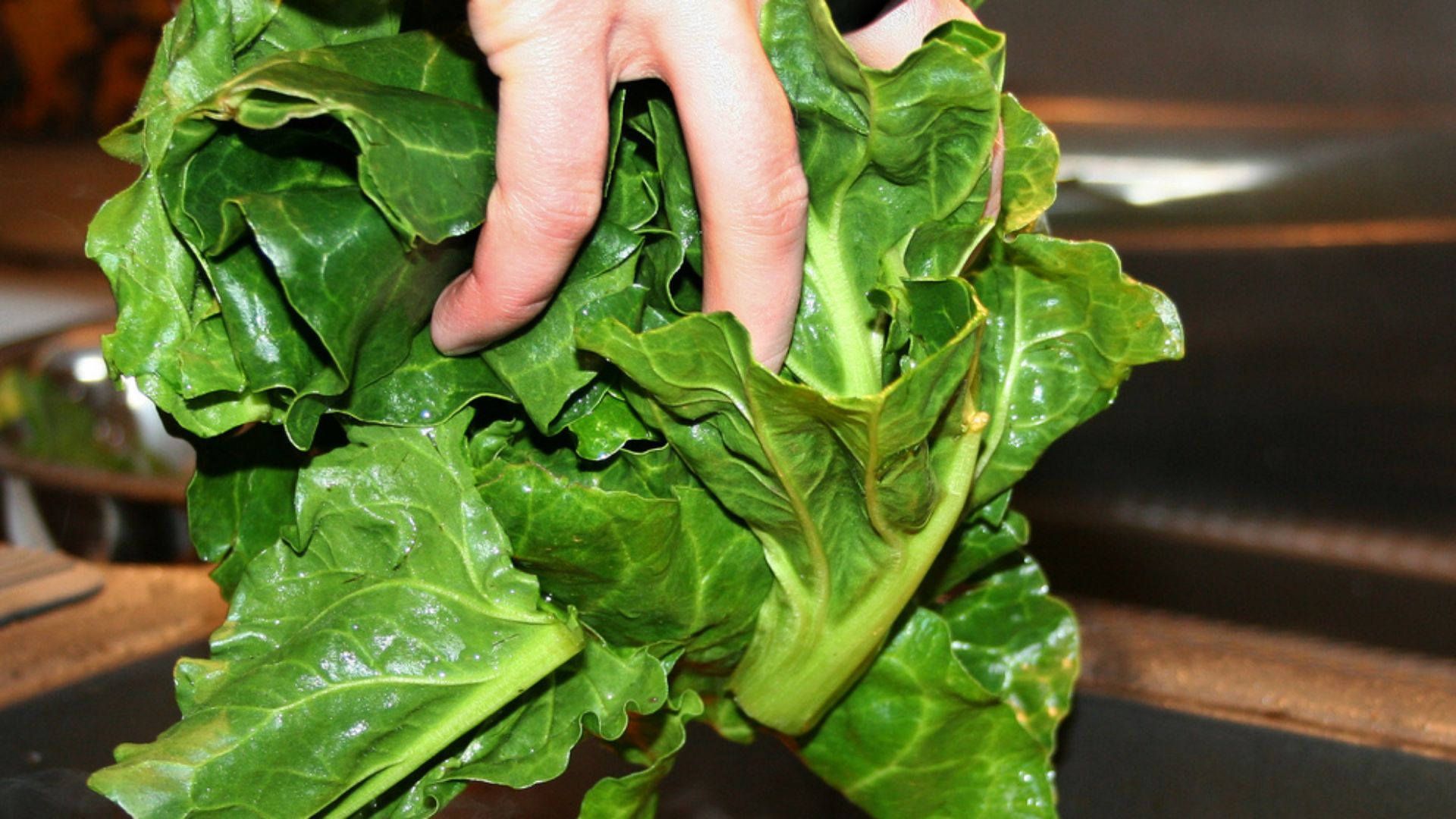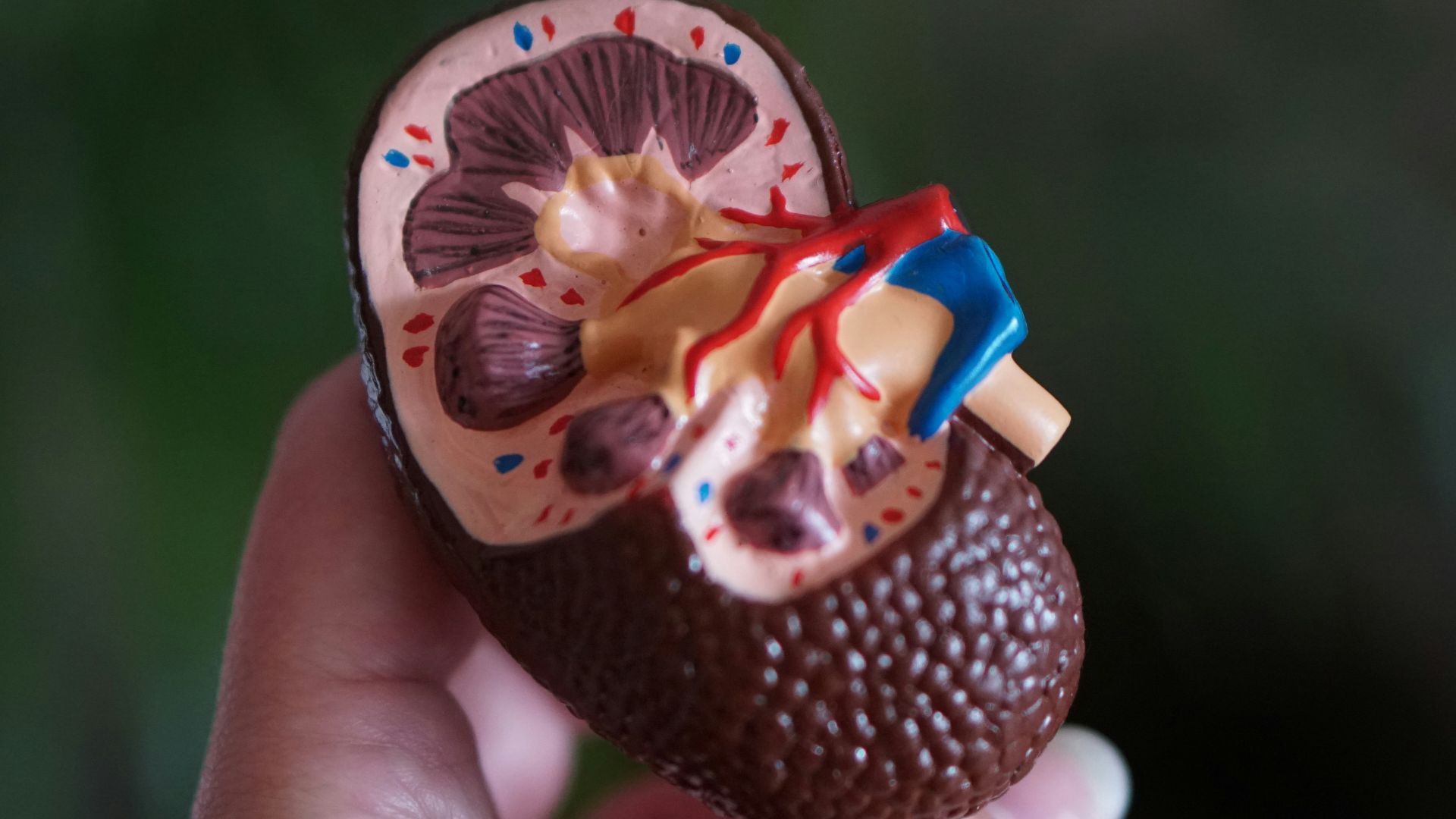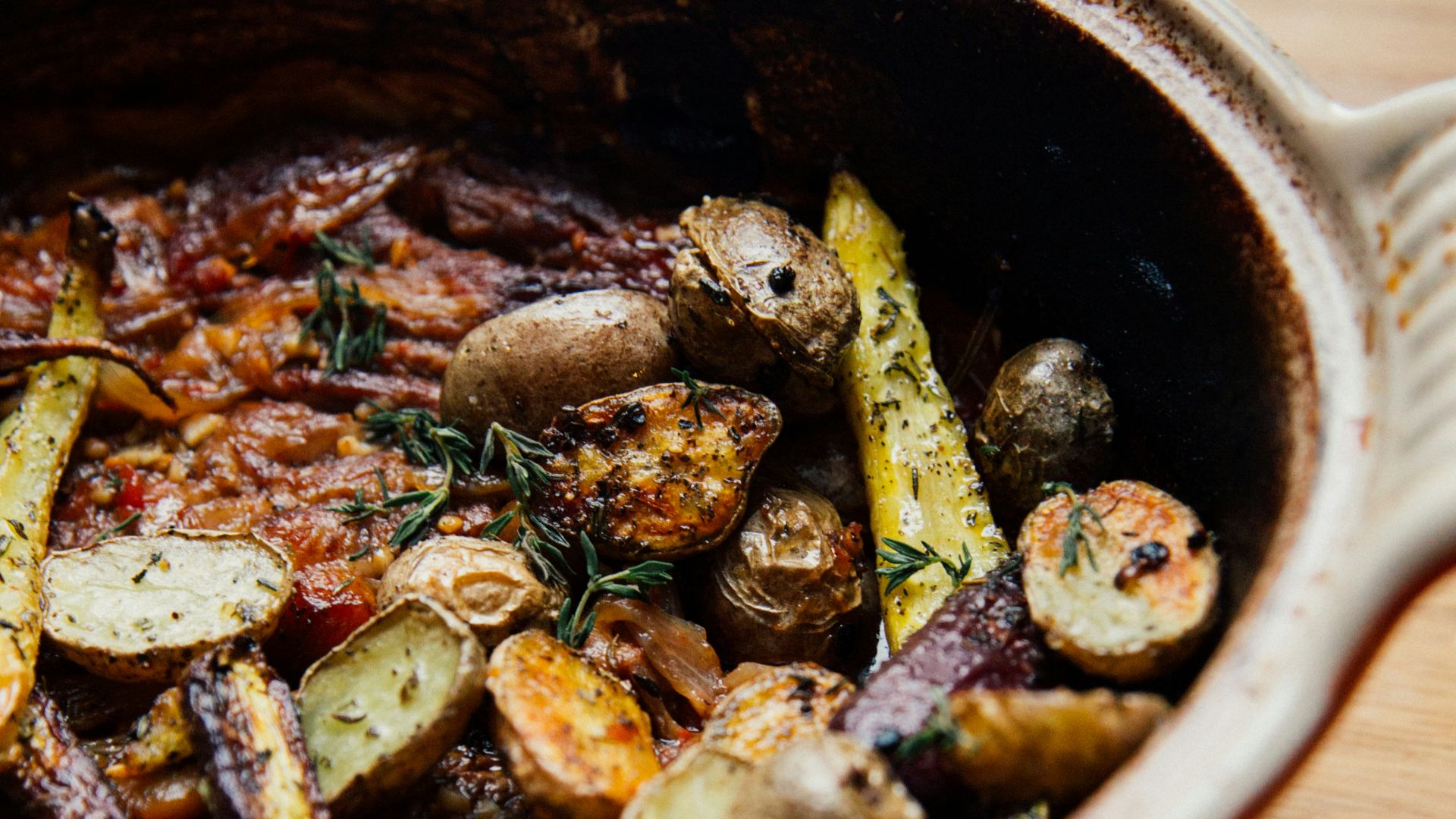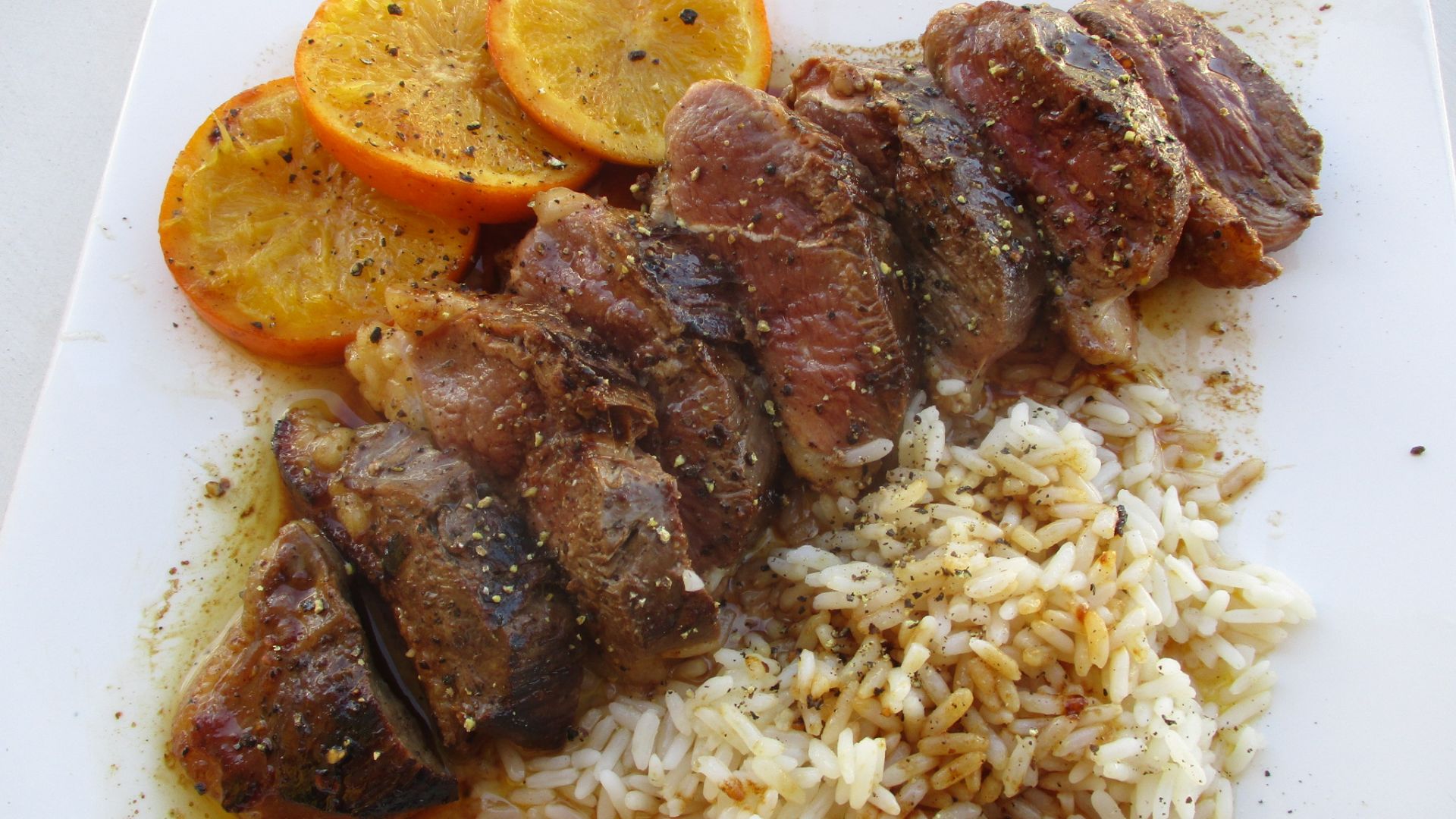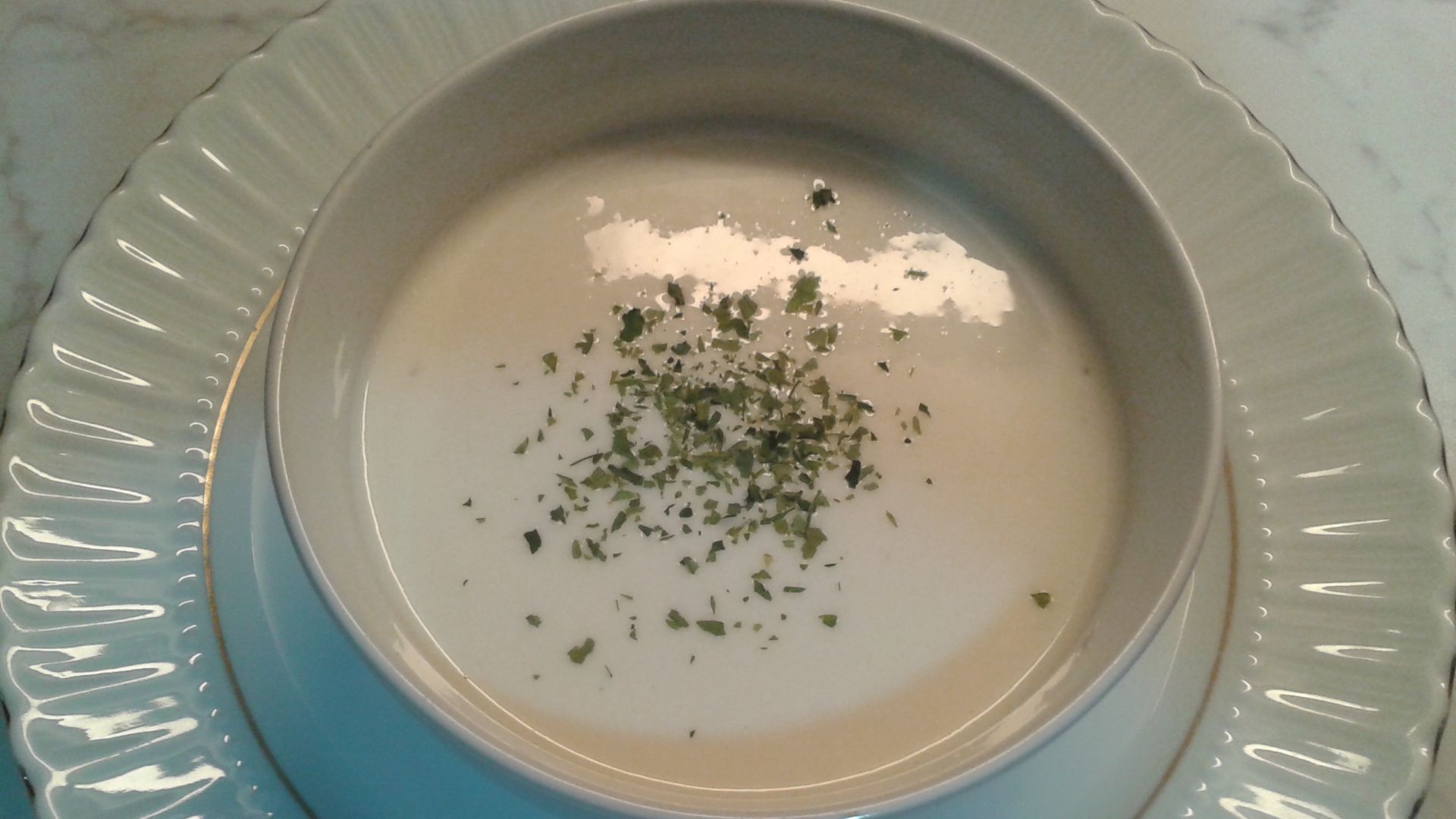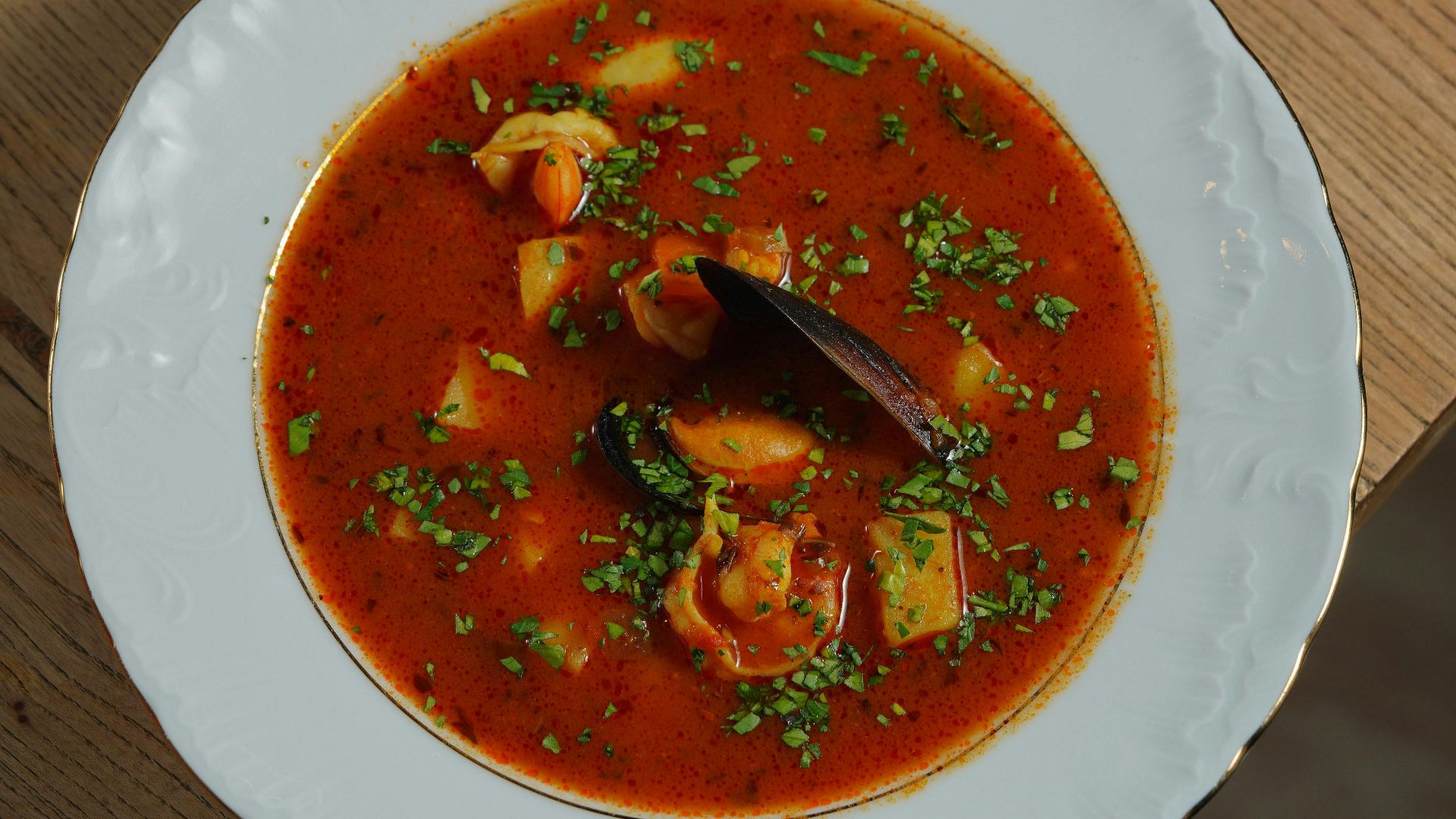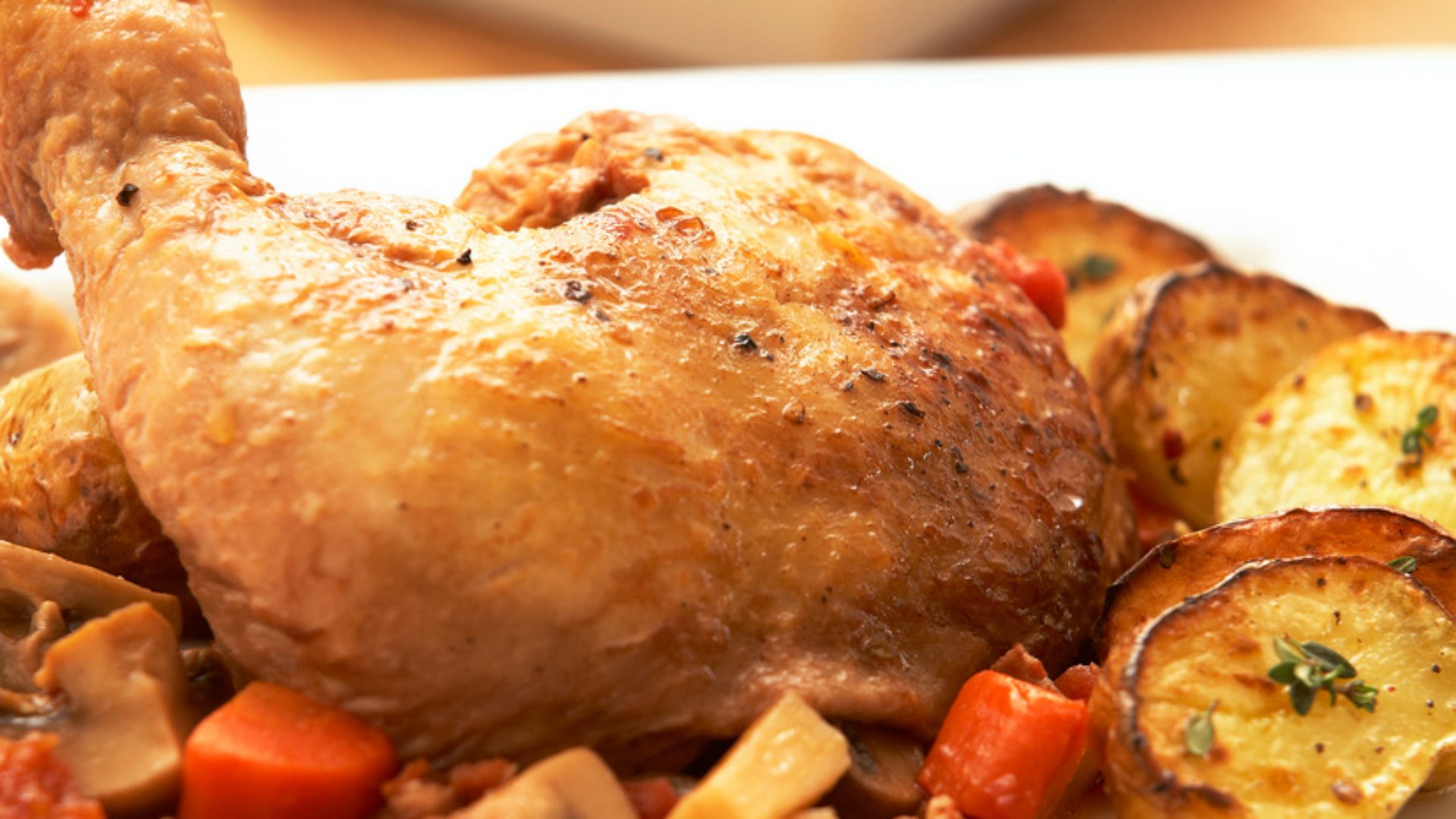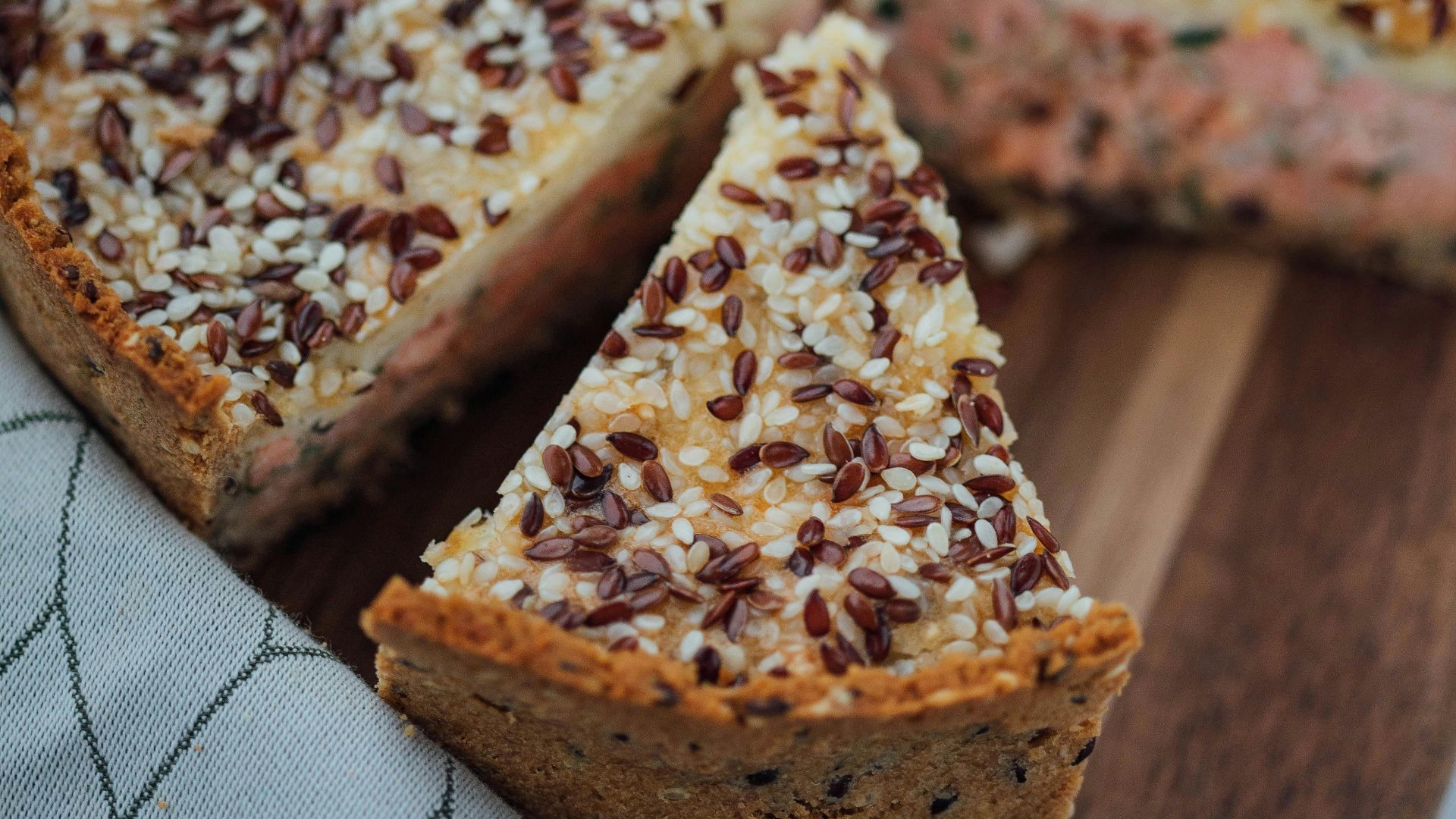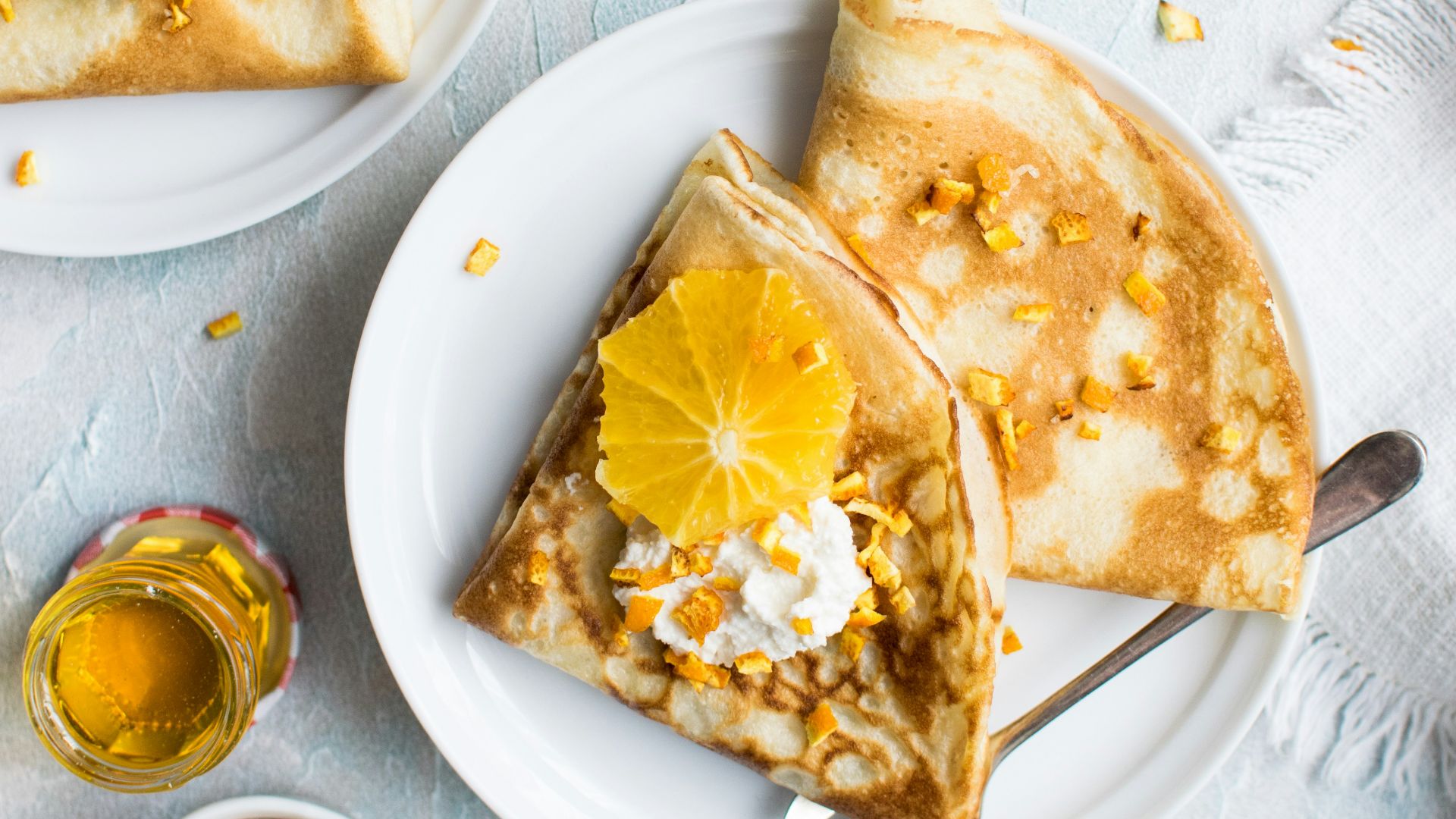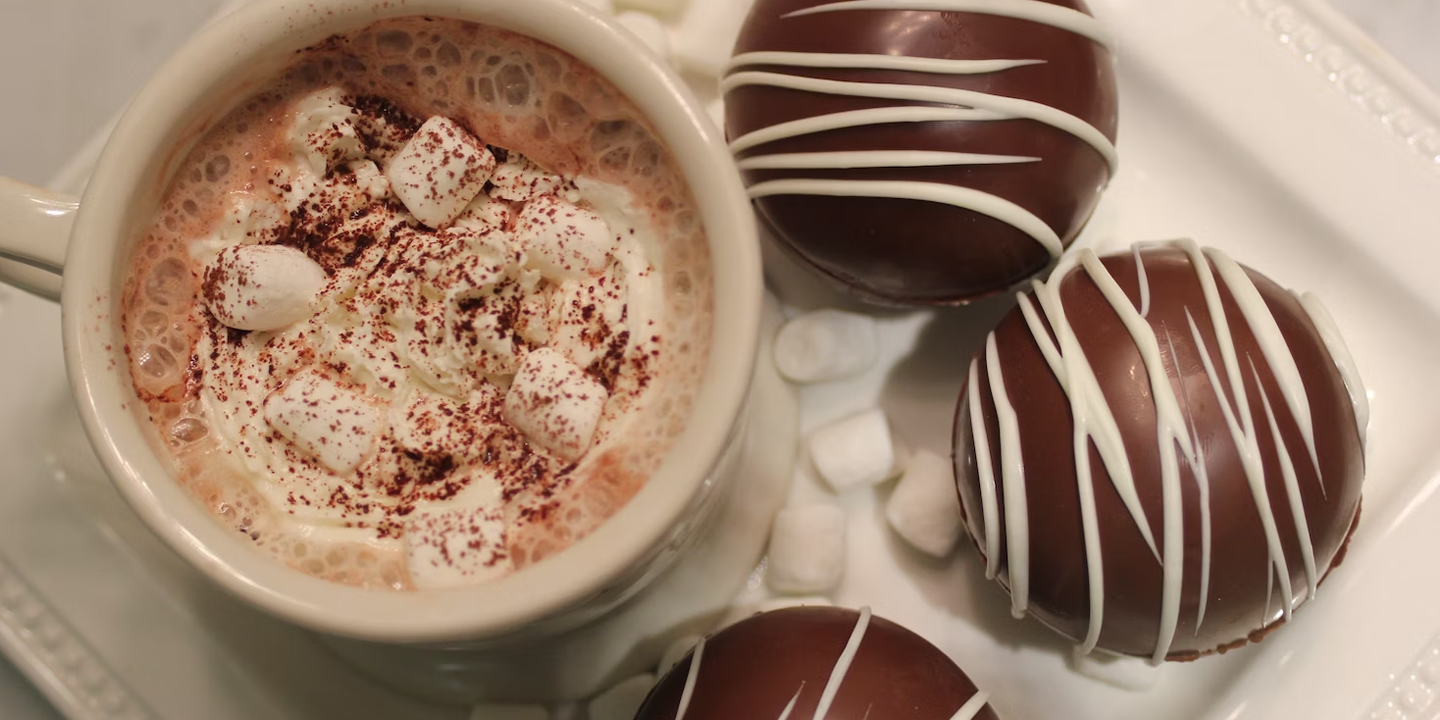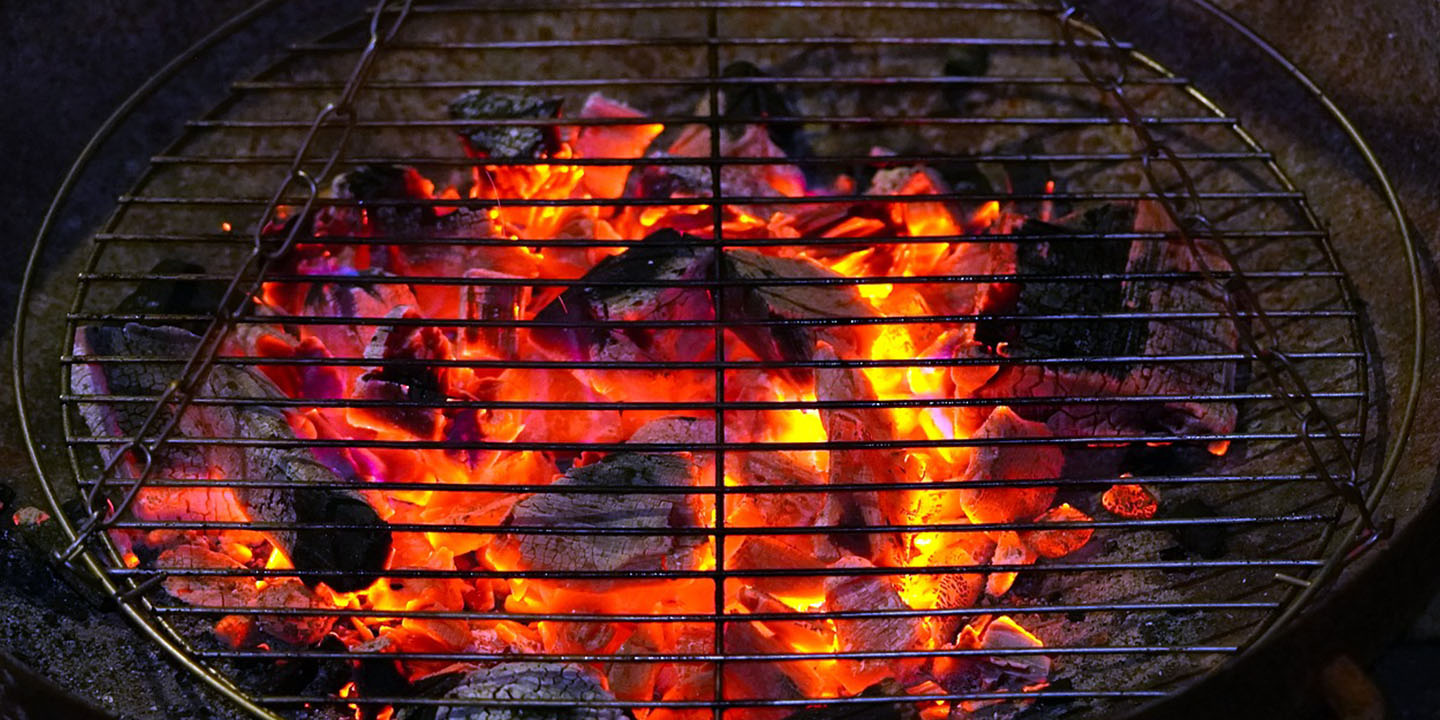The French Chef's Greatest Hits & Misses
It's almost impossible to overstate Julia Child's impact on American cooking. Not only was she America's first celebrity chef, she was almost single-handedly responsible for bringing French cooking (and everything we associate with it) across the Atlantic. Child's debut cookbook Mastering the Art of French Cooking is a 726-page doorstopper, so it's only natural that there would be a few misses for every hit.
1. Braised Calf's Brains
The purpose of this article is not to make fun of or hate on these recipes, but to show how tastes have changed. There are few dishes which better exemplify that ethos than braised calf's brains. Many readers would probably classify any sort of brains as being pretty far out of their culinary comfort zone.
2. Chicken Liver Mousse
To keep things flowing organically, let's look at another organ-based recipe: chicken liver mousse. On paper, this recipe isn't too different from a typical paté, but in practice, there's a mental hurtle you have to clear. Eating organ meat is one thing, but blending it into a spread is another.
3. Fish Mousse
It's important to remember that Julia's recipes were published in the '60s and '70s, one of the wackiest eras for culinary exploration in recent memory. Tuna salad and salmon mousse are no-brainers nowadays, but there are two factors which make the recipe different. The first is that it calls for shellfish (Julia does not specify, so one would assume it's up to preference); the second is that she folds whipped cream into it.
4. Eggs In Aspic
If there was one thing that mid-century Americans loved experiment with more than mousse, it was aspic. While aspic has largely fallen out of style, an entire section of French Cooking is dedicated to it. Trust us, we're saving you by not including a photo of this off-putting dish.
5. Pigeon In Lemon Jelly
Technically, this dish (which sounds much nicer in French) can also be made with chicken, pheasant, or partridge, but we think pigeon is the most egregious option. Maybe it's because pigeons are associated with health risks. Or, maybe it's just that the cold pigeon is encased in a light lemony jelly.
6. Braised Lettuce
Probably the most normal dish on this half of the list, though lettuce is far more common cold than cooked. Nonetheless, Julia recommends simmering this dish for an astounding 1 ½ hours, after which the lettuce is then sauced with broth and butter.
7. Flambéed Kidneys
This recipe should come with safety gear, and we're not talking about the taste, though we imagine the smell of fiery kidneys can be a little much. Julia politely advises readers to "avert your face and ignite the cognac with a lighted match" which sounds like a disaster waiting to happen. The cream and mushroom sauce sounds delicious, though.
8. Braised Sweetbreads
Contrary to the name, sweetbreads are neither sweet nor bread; they're the pancreas or thymus of an animal. Julia says both sweetbreads and brains have a delicate and tender flavor, but we think we're going to take her word for it rather than try ourselves. The recommended side dishes are rice, buttered peas, or braised spinach.
9. Chicken Livers In Aspic
Liver is probably the most popular organ meat that's still widely eaten today, but the aspic shell may make even the most devoted of liver fans decline. There's something profoundly unsettling about the cold organ meat of one animal encased in the wiggly shell of another. Even the idea of it is shiver-inducing.
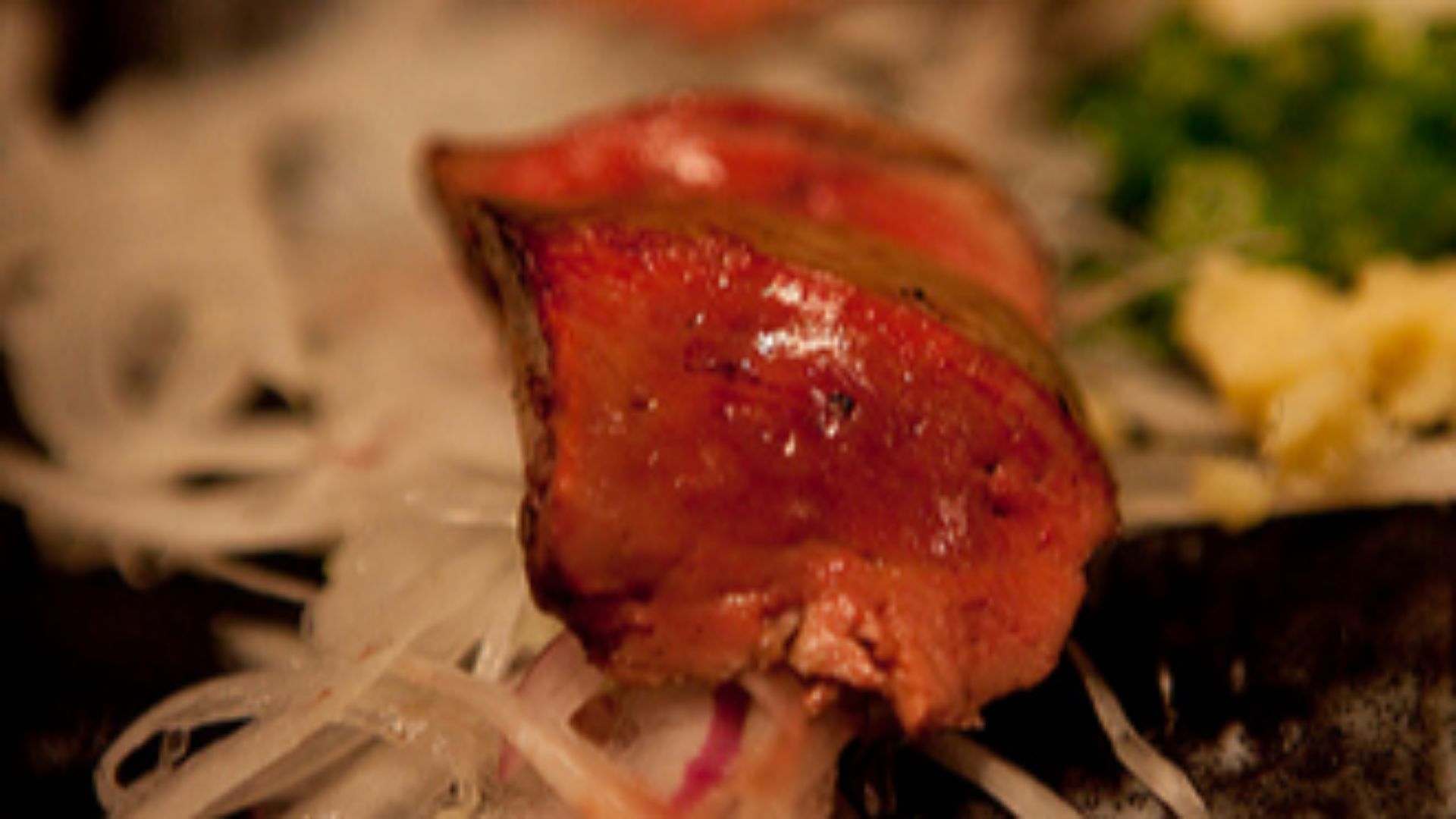 Pavel from Sydney, AU on Wikimedia
Pavel from Sydney, AU on Wikimedia
10. Rabbit Paté
Why don't we eat rabbit much anymore? Well, for starters it's far too expensive to eat regularly. But, most of the reason is the same as to why we don't eat dogs or cats: rabbits are seen as pets not food. It's hard to debone and purée a rabbit if Fluffy the bunny is in the next room over.
Now that we've discussed some dishes that probably won't please modern palates, let's look at a few that continue to delight.
1. Chocolate Mousse
When it comes to mousses, modern palates tend to prefer sweet to savory. You can't go wrong with chocolate, and this decadent dessert pairs the mousse with ladyfingers soaked in orange liquer. Julia herself says this dish has "such a lovely flavor and texture that it brings tears to your eyes".
2. Cheese Soufflé
Soufflés are difficult to master, but once you get the hang of them, you'll want to make one every time you have guests over. Soufflés are notoriously finicky, but even a slightly deflated one will still taste delicious.
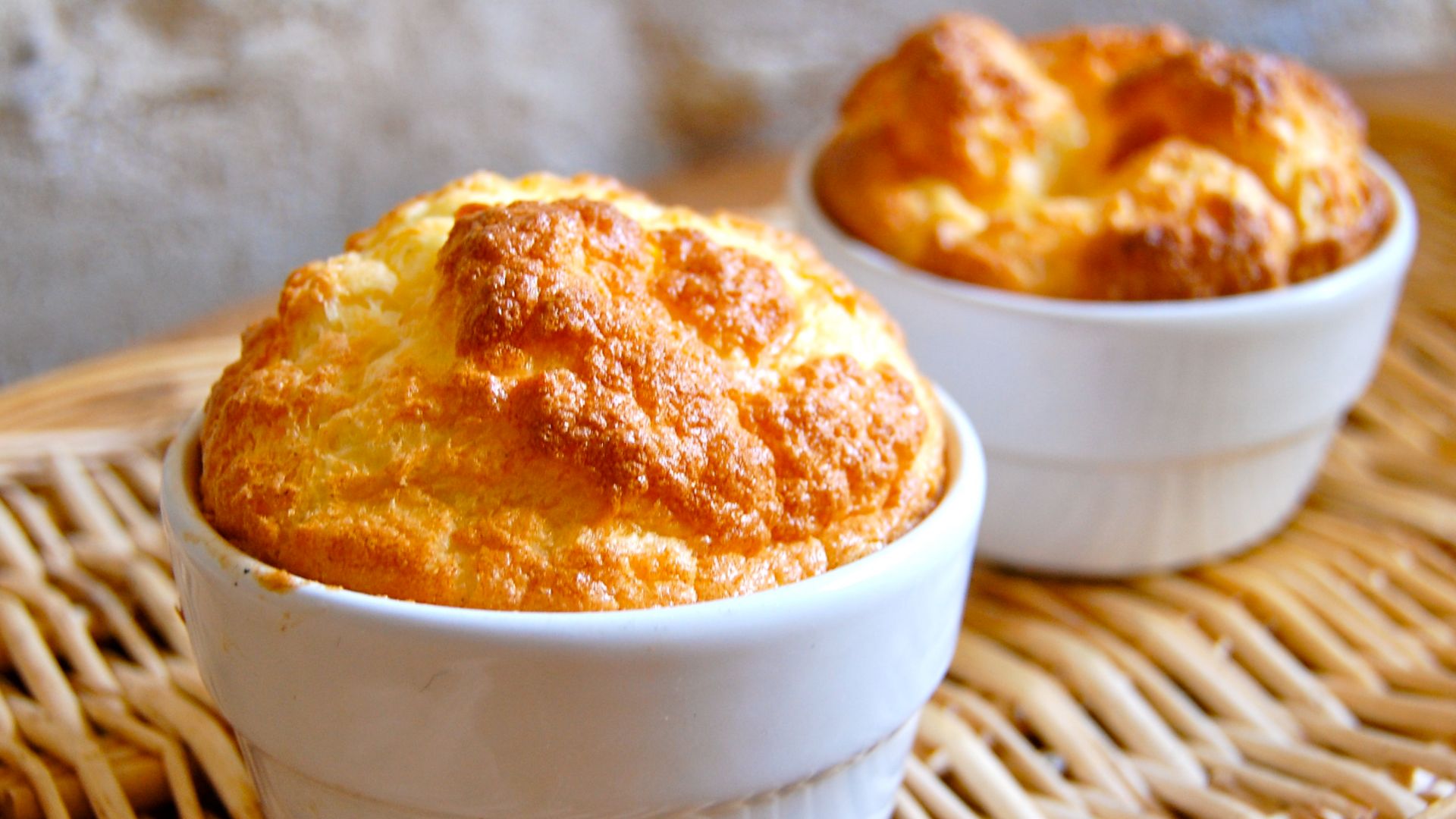 Pierre-alain dorange on Wikimedia
Pierre-alain dorange on Wikimedia
3. Boeuf Bourguignon
Boeuf bourguignon is far easier to make than you would guess, and this recipe holds your hand every step of the way. This was one of the first recipes Julia featured on her cooking show and, while it takes up to six hours to cook, there's very little active cooking involved. That leaves plenty of time to dip into a full-bodied red wine, as recommended in the cookbook.
4. Duck À L'Orange
In comparison to that last dish, duck à l'orange will test your sanity. The difficulty in this dish isn't so much the duck (though it toughens up with alarming ease) but rather the sugary orange liquor sauce, which breaks and burns easily. When done right, however, this dish is a symphony of flavor.
5. Vichyssoise
Despite what many of the recipes on this list may have you believe, French cooking doesn't have to be complicated. Few dishes better exemplify this than one of Julia Child's personal favorites: vichyssoise. This chilled leek and potatoe soup has only a handful of ingredients and doesn't need more than that.
6. Bouillabaisse
Bouillabaisse started as a peasant dish made from the day's leftover catch. Julia recommends using at least six varieties of fresh fish to provide an array of tastes and textures, giving ample suggestions in her notes. This simple stew is filling and iconic.
7. Ratatouille
While Julia Child never got to see the scene in Ratatouille where Anton Ego's cold heart melts after eating the titular dish, we're pretty sure she would approve. In her words, this dish "perfumes the kitchen with the essence of Provence and is certainly one of the great Mediterranean dishes". Rather than being served as a standalone, she recommends it accompany a meat dish.
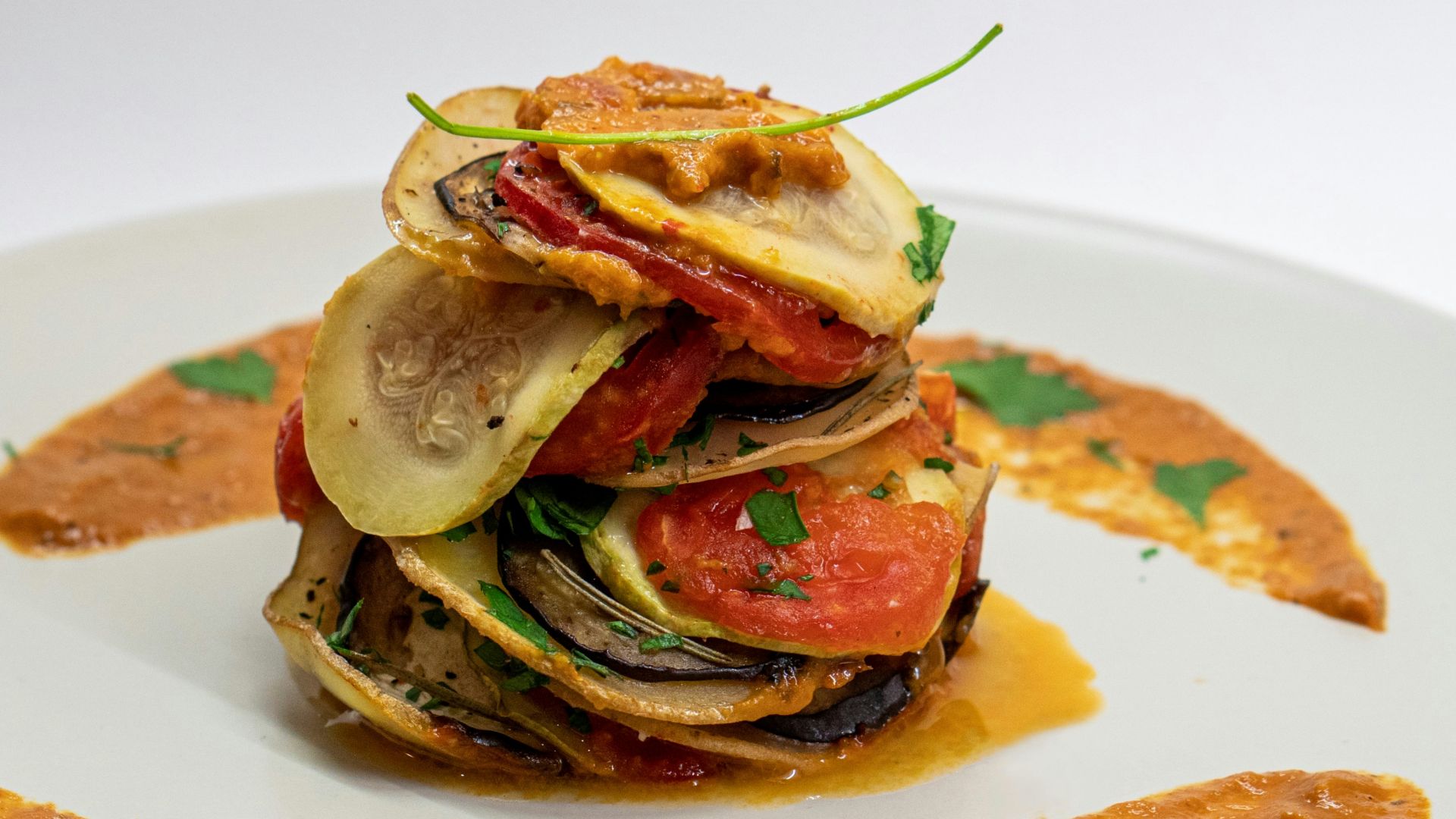 amirali mirhashemian on Unsplash
amirali mirhashemian on Unsplash
8. Coq Au Vin
Coq au vin literally translates to "chicken in wine", but we kept it untranslated because it sounds classier that way. This dish quickly became one of Julia's signatures and, like others on this list, is much easier than it seems. Coq au vin began as a way to tenderize old, tough birds, so much of this recipe is letting it marinate.
9. Quiche Lorraine
If you want to make this recipe, you first have to blanche the bacon, which may seem odd, but is ultimately worth it. In contrast to the smoky and salty flavor of your favorite breakfast strips, boiling brings out a subtle flavor that pairs perfectly with this quiche's light crust.
10. Crêpes Suzette
Let's end this article on a sweet note with a beloved dessert: crêpes with buttery orange sauce and brandy. The fire part of this dish may be a bit intimidating, but this "elegant dessert" is 100% worth it.
KEEP ON READING
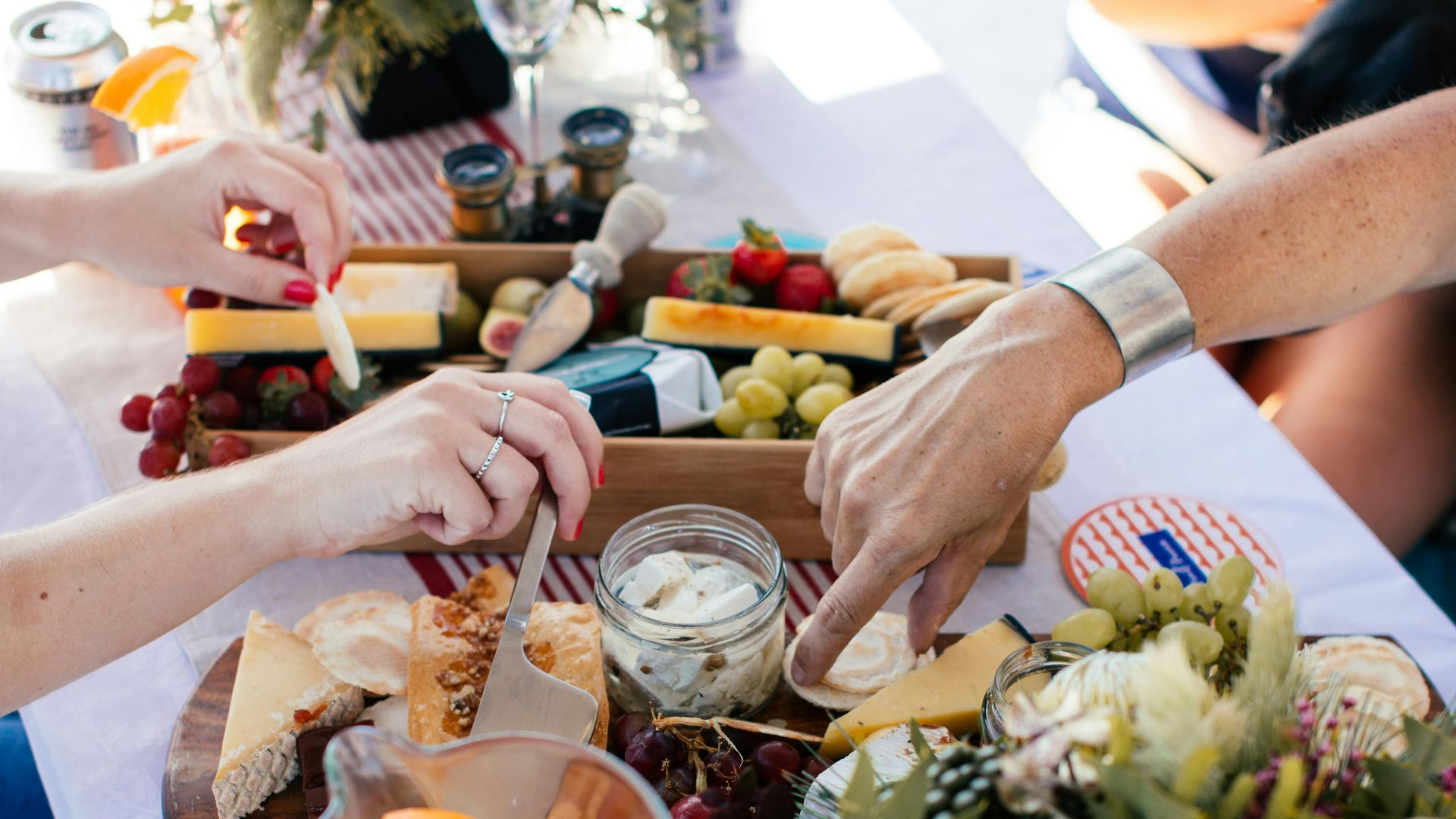
Happy Hour: The 20 Best Foods For Social Snacking






